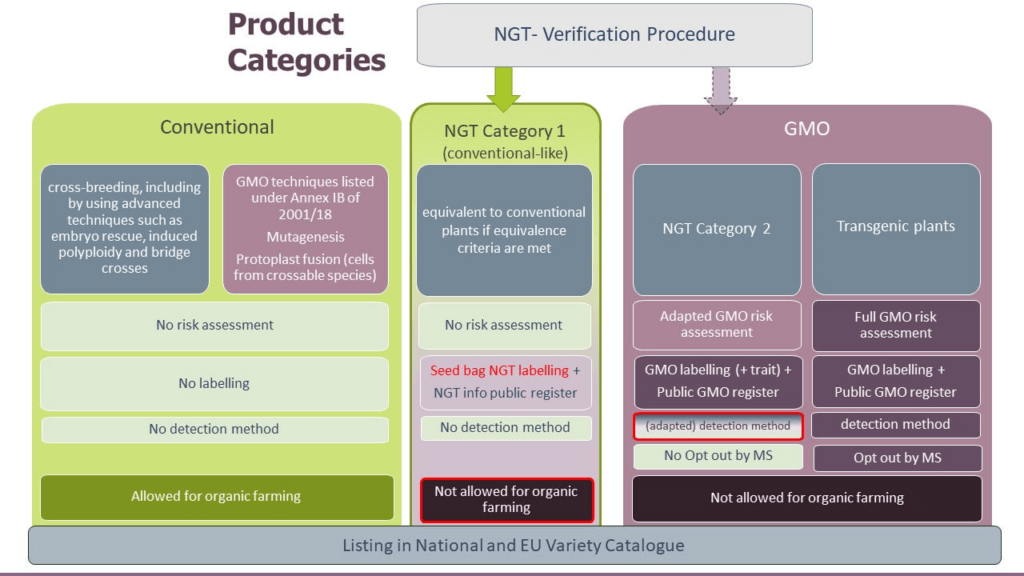In 2018, after a ruling of the European Court of Justice put the latest breeding methods under the burdensome EU GMO legislation, the Volume 5, Issue 3 edition of European Seed (Aug. 2018) was titled: “Rest in Peace Plant Breeding Innovation”. Since the EU proposed new regulations for certain new genomic techniques (NGTs) on 5 July 2023, faith in the resurrection of plant breeding innovation in the EU may just start to return. The European plant breeding and seed production sector welcomes that the Commission proposal finally recognizes the need for a differentiated regulatory approach to certain plants and products from NGTs from the GMO legislation.
The regulatory approach taken by the EU Commission does not exclude NGT plants and products from the GMO legislation but is considered a “lex specialis” with regard to the EU GMO legislation. It introduces specific provisions for NGT plants and products and with this creates a distinct product category for conventional-like NGT plants and products, including specifically blocking organic farming to utilize verified conventional-like NGT plants.
…
Breeding companies invest up to 20 per cent of their turnover in research and development. They rely on legal certainty for their investments. The verification process should therefore be based on clear criteria and the scientific expertise of member states’ competent authorities. Any interventions by member states or the Commission should be limited to scientifically justified “comments” only and not be based on political considerations.
































